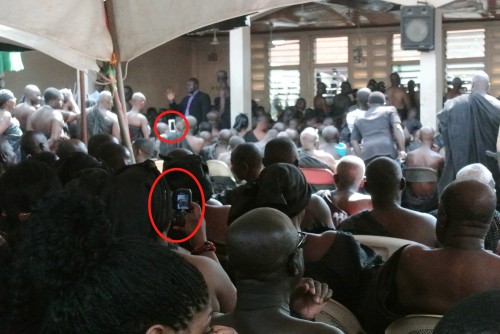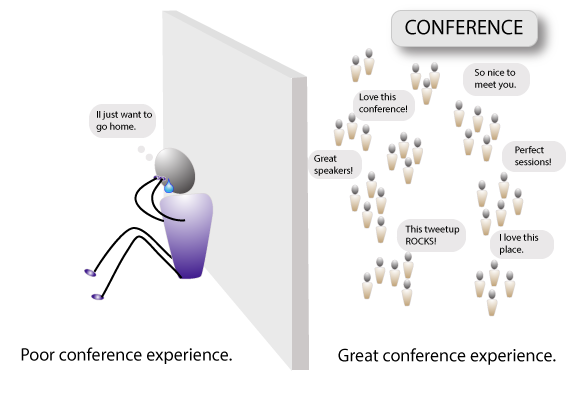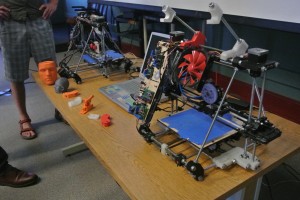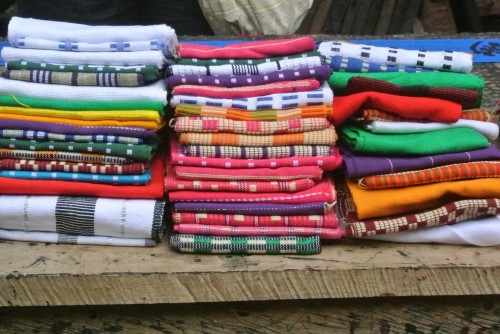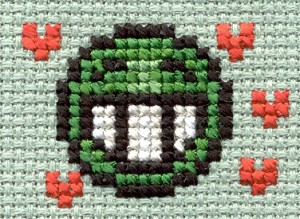I’ve been thinking on and off since mid-summer about a hole I’ve identified in our collective theorizing of augmented reality. To illustrate it, imagine the following conversation:
Digital Dualist: ‘Online’ and ‘offline’ are two distinct, separate worlds!
Me: That’s not true. ‘Online’ and ‘offline’ are part of the same augmented reality.
Digital Dualist: Are you saying that ‘online’ and ‘offline’ are the same thing?
Me: No, of course not. Atoms and bits have different properties, but both are still part of the same world.
Digital Dualist: So ‘online’ and ‘offline’ are different, but not different worlds?
Me: Correct.
Digital Dualist: But if they’re not different worlds, then what kind of different thing are they?
Me: …
I don’t know about you, but this is where I get stuck.


